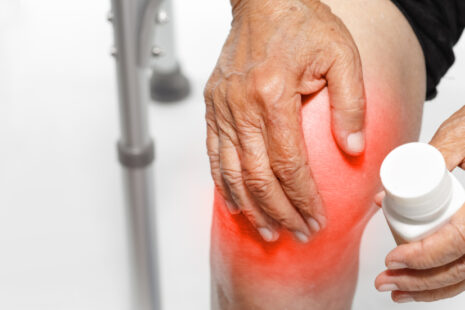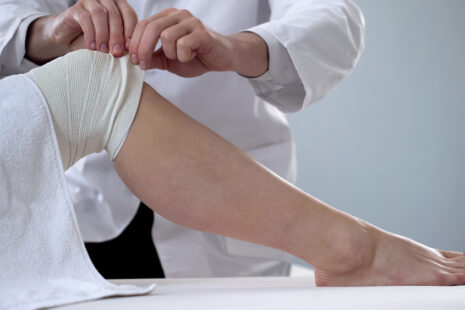The treatment for a bulging L5 disc (lumbar disc) aims to reduce pain, relieve pressure on the affected nerve, and promote healing. It typically involves a combination of conservative measures, and in some cases, more invasive treatments may be considered.
Here are some common approaches to treating a bulging L5 disc…
- Rest and Activity Modification – Initially, rest and avoiding activities that worsen the symptoms can help reduce pressure on the disc and allow it to heal. Avoiding activities that involve heavy lifting, bending, or twisting may be recommended.
- Pain Management – Over-the-counter pain relievers, such as acetaminophen or nonsteroidal anti-inflammatory drugs (NSAIDs), can help manage pain and inflammation. In some cases, your doctor may prescribe stronger pain medications if needed.
- Physical Therapy – A physical therapist can design a targeted exercise program to strengthen the core and back muscles, improve flexibility, and promote proper body mechanics. Specific exercises can help alleviate pressure on the L5 disc and improve overall spine health.
- Heat or Ice Therapy – Applying heat or ice to the affected area can help reduce inflammation and ease muscle tension. Use ice for acute pain and inflammation, and heat for muscle relaxation.
- Epidural Steroid Injections – If conservative measures do not provide sufficient relief, your doctor may recommend epidural steroid injections. These injections deliver anti-inflammatory medication directly to the affected area to reduce inflammation and alleviate pain.
- Lifestyle Modifications – Maintaining a healthy weight and adopting proper posture and body mechanics can help reduce stress on the lumbar discs and lower back.
- Bracing – In some cases, a back brace or lumbar support may be recommended to provide additional stability and reduce strain on the bulging disc.
- Surgery (In Severe Cases) – Surgery is typically considered only when conservative treatments have failed to provide relief, and the symptoms are severe or worsening. Surgical options may include discectomy (removal of part of the disc) or spinal fusion.
It’s necessary to work with a healthcare professional, such as an orthopedic specialist or neurosurgeon, to determine the most appropriate treatment plan based on the severity of the bulging disc and your specific symptoms. The majority of bulging disc cases can be effectively managed with conservative treatments, and surgery is only considered when necessary.
Self-diagnosis and self-treatment are not recommended. Always consult with a qualified medical professional for a proper evaluation and personalized treatment plan.




